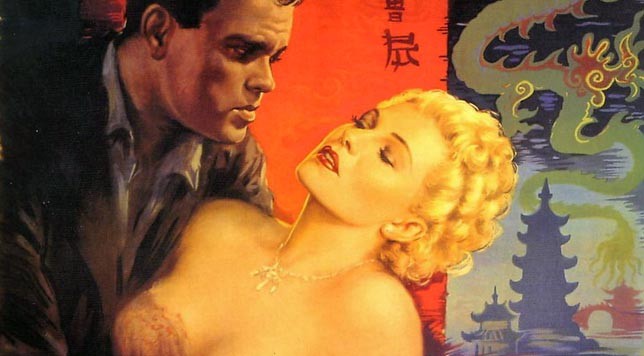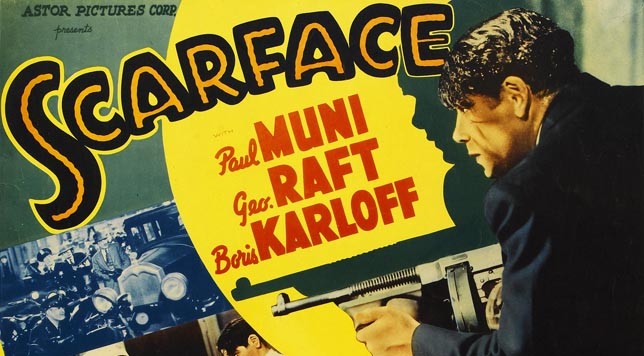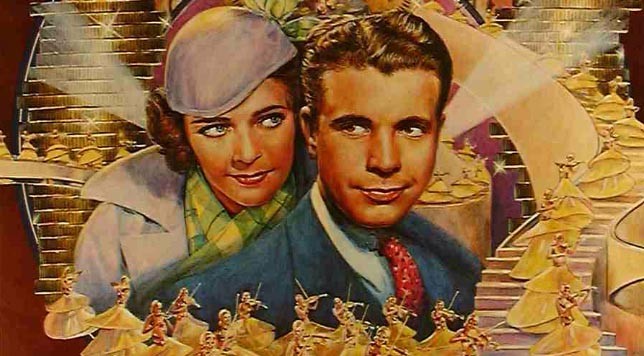Holiday Inn (1942). 102 minutes. Directed by Mark Sandrich. Starring Bing Crosby (as Jim Hardy), Fred Astaire (as Ted Hanover), Marjorie Reynolds (as Linda Mason), Virginia Dale (as Lila Dixon), and Walter Abel (as Danny Reed). Story and songs by Irving Berlin. Choreography by Danny Dare.
Holiday Inn is a clever, Christmas-oriented spin on the “let’s put on a show” variety of Golden Age musical. It features Bing Crosby and Fred Astaire as New York stage entertainers. Along with Virginia Dale, they form a song-and-dance trio that at the beginning of the film is slated for its farewell performance. Lila Dixon (played by Dale) plans to marry Jim Hardy (played by Crosby) and retire with him to a farm in Connecticut, but on the evening of their last show she reveals that she is in love with Ted Hanover (played by Astaire) and keen to keep on singing and dancing with him. Crosby recovers quickly and in stride in a … Read the rest









